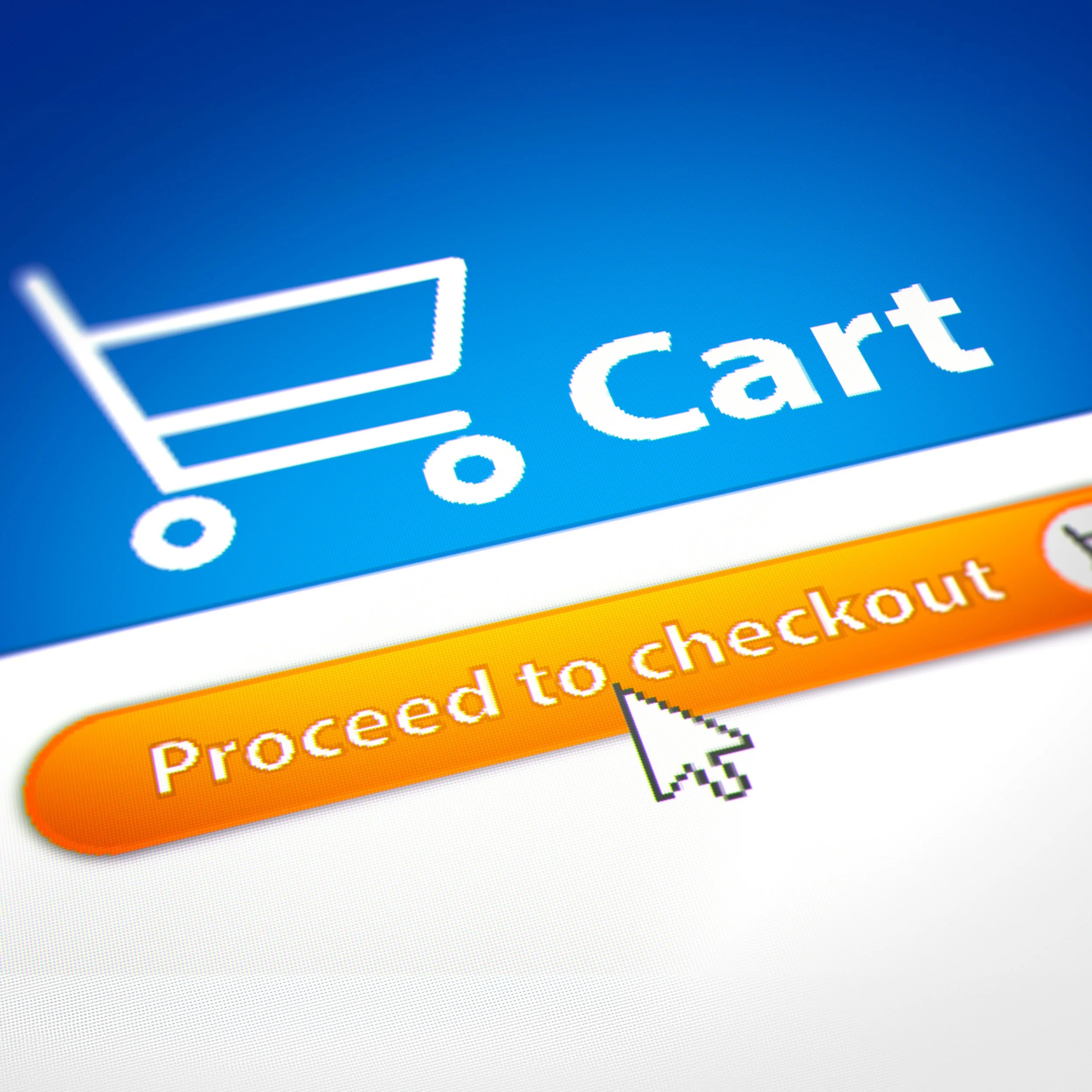Is Selling Online Part of Your Pandemic Plan?
The pandemic COVID-19 has affected many small businesses. First, their revenues abruptly plummeted in March and April 2020. Then it took months before they saw them slowly increase again. Retail was particularly hard hit. As of this writing in late summer 2021, many business owners are again worried about another potential wave, requiring them to reimplement restrictions last seen in 2020. Many fear that they will be forced to shut down again - perhaps this time for good.
But what can you do to reduce the risk of such a tragic scenario? Can you do things differently?
Reading past the gloomy headlines, you can find stories of some small and mid-sized retail companies that grew their revenues during the worst phase of the 2020 pandemic against all odds. How did they do this? The short answer: they switched to e-commerce.
During the early lockdowns with everyone staying at home, we were glued to our smartphones, tablets, or computers as the only safe gateway to the outside world. With malls and stores closed, buying products online suddenly became the new norm. However, not only Amazon strived. Some small and mid-sized businesses leveraged their online stores, offering their products on Google or social media, such as Facebook and Instagram. As they focused their ads not only on existing but also on new customer groups, they even managed to expand their business outside their local area.
What can you learn from this?
Having an online sales channel at your disposal in addition to your physical store can make your business more resilient, especially if you nurture it with some wisely spent online marketing dollars.
How Do You Build an Online Store?
Here are a few pointers for those who are thinking about creating a brand new online store or upgrading an existing one.
Offer products that you can affordably ship. A key difference from a physical store, where customers typically pick up what they bought, is that you need to ship everything you sell online. And that can be very costly if your products are bulky or heavy. Before you begin building your online store, you want to understand these charges in detail first.
Show professional-looking photos of your products. The only way an online shopper can view your products is by looking at your pictures. They must appeal to them. An appealing photo has to be well lit, not too bright or too dark, sharp, and reflect the product's actual color. Whether you hire a professional photographer to produce your photos or invest in professional gear to take these photos yourself, you must consider this expense in your business case.
Engage with your visitors. Unlike a big corporation, the owner(s) of a small company are often driven by a higher reason for why they are in business other than making money. Tell this story, your personal cause, on your website. It may not appeal to everyone, but you create a strong bond with those customers who share your values, experiences, and goals.
Make your product descriptions exciting. Sometimes product descriptions can be very dull and read more like technical specifications. Instead, make them exciting, filled with references to your personal story.
Keep your store simple. Your online store won't be the only store a potential customer will visit. From Amazon and Target to your internet competitor a thousand miles away, visitors go on several sites a day. Suppose your store is organized very differently, or your check-out process is unusual or convoluted. In that case, it might deter an otherwise interested customer, and you won't make a sale. Therefore, keep your online store clutter-free and well-laid-out, and base it on a standard store design. If you want to set yourself apart, rather do that through your cause, stunning photos, and inspiring texts.
Categorize and tag your products based on a naming convention. Your product catalog sits at the heart of your online store. Of course, you need to assign categories and tags to each item; otherwise, you won't be able to automatically display them in collections. However, here lies the rub. If you rush and do this without a proper plan, you may create many redundant categories and tags. And visitors will notice because those tags are used in menus and sidebars to narrow down their selections. Should the same tag appear multiple times, such as singular, plural, upper-case, and lower-case, your menu can look messy and unnecessarily long. Therefore, before uploading your products, create a naming convention that eliminates any duplicates. You will save a lot of time down the road because filling collections will take much less effort.
Group your products in collections. If you only have a handful of products, ignore this point. However, if you plan to feature a more extensive product catalog, you will need to split it into smaller subgroups, so-called collections. These collections make it easier for your customers to find what they are looking for. You can populate collections automatically by using categories and tags or manually group them.
Supported by some digital marketing dollars, a professional online store could significantly expand your current customer base by offering you the technological capabilities to reach and serve customers far from your physical location.
Even during the months-long lockdowns, the fact that small and mid-sized businesses have successfully made the move to selling online has shown the value an online store can offer.











